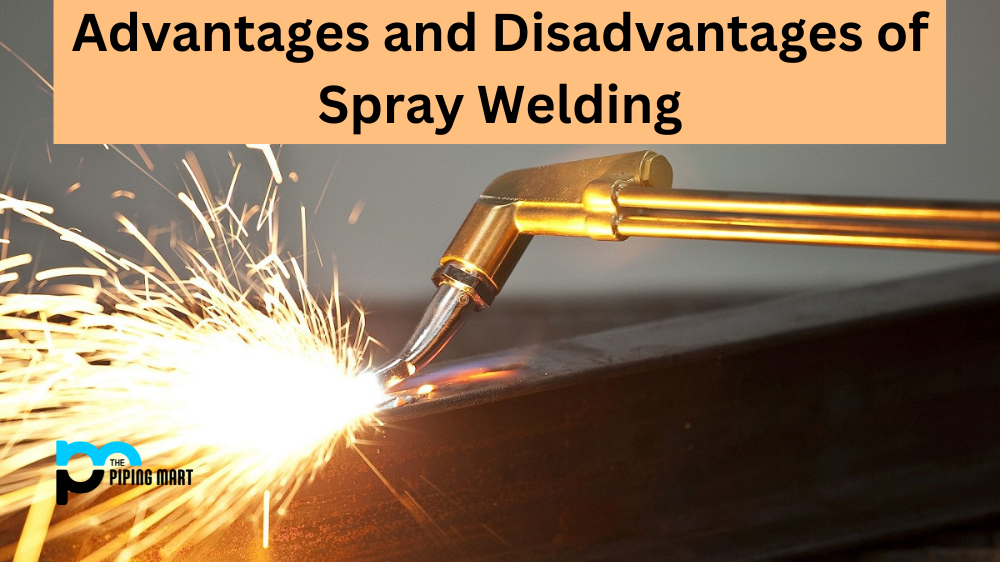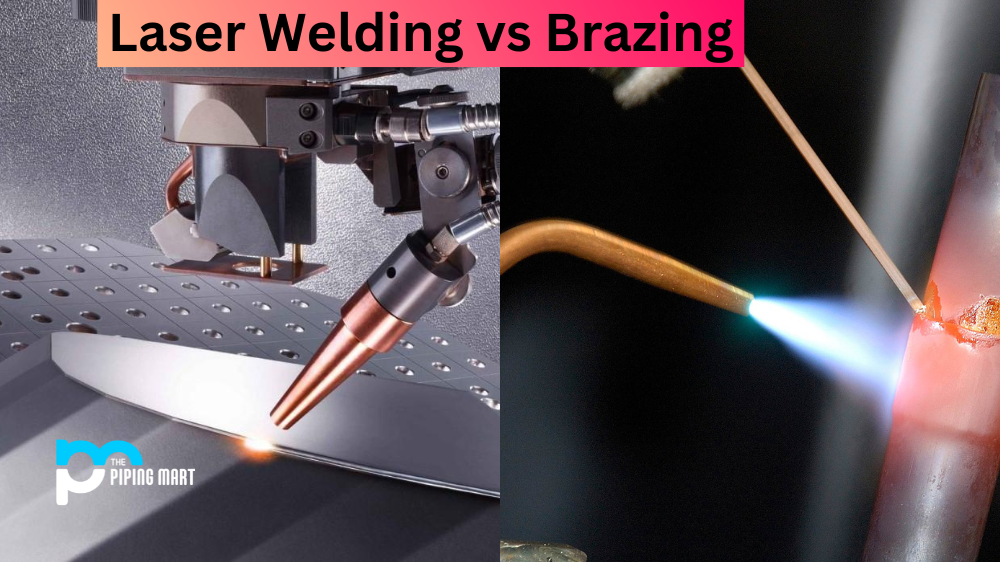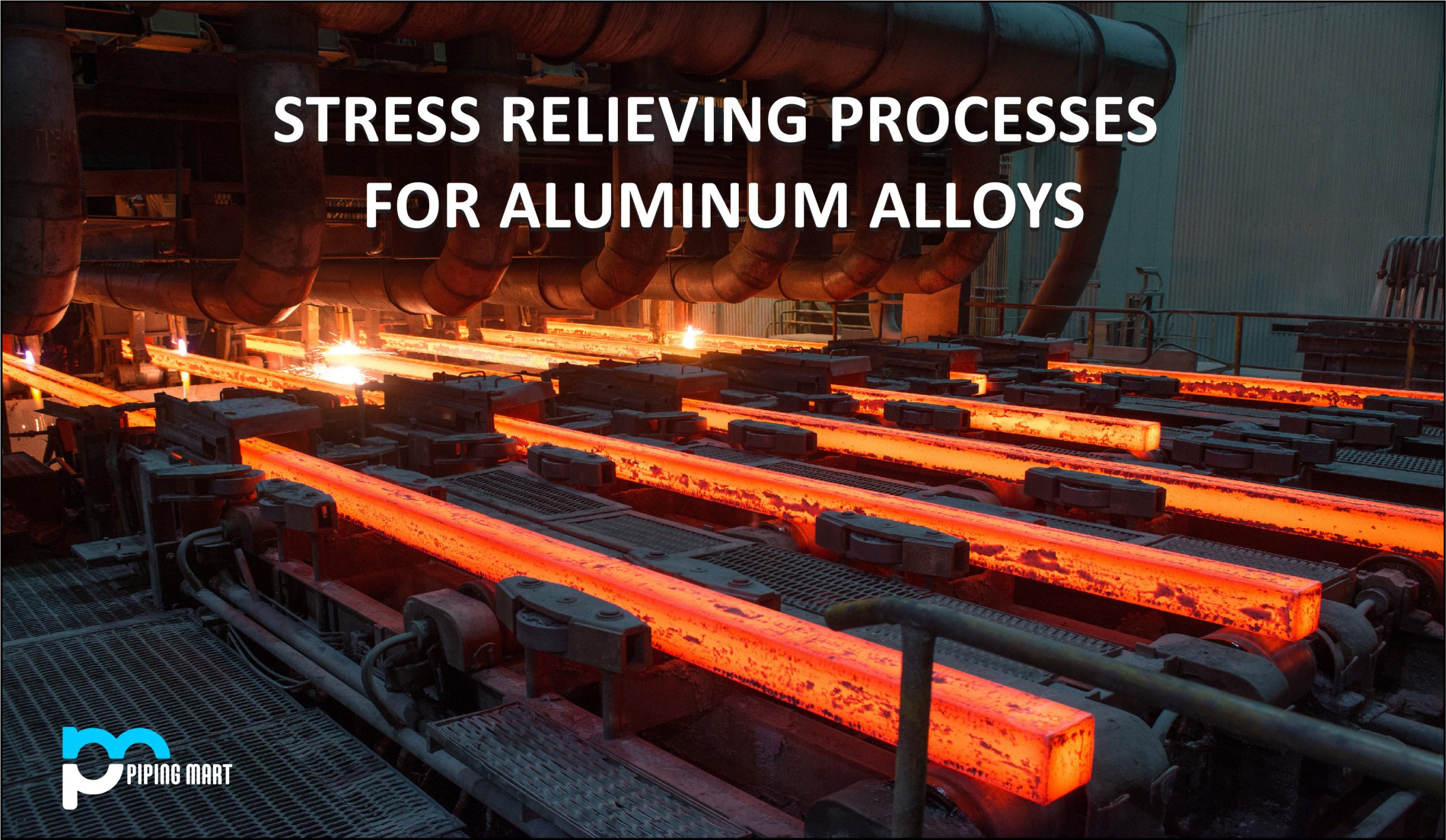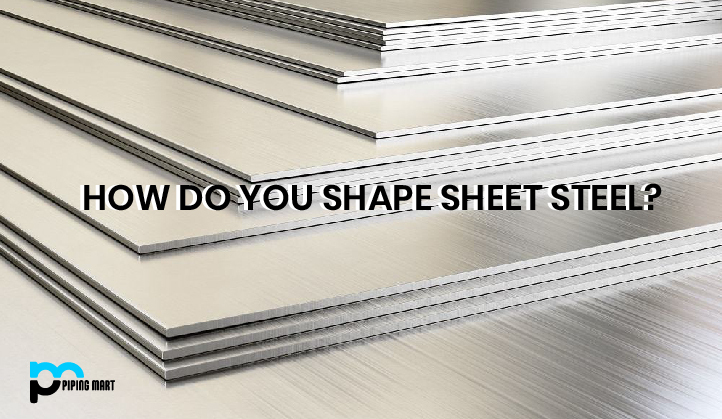Spray welding is a specialized type of welding that is most often used to join two pieces of metal, such as aluminium or steel. It involves the use of a spray gun to apply the heat and filler material necessary to create a welded joint. While it can be an effective technique for joining metals, there are some advantages and disadvantages associated with spray welding that should be considered before using it on a project.
Advantages of Spray Welding
One advantage of spray welding is that it is relatively fast compared to other types of welding processes. This makes it ideal for large-scale projects where time is of the essence. Additionally, many materials can be welded together using spray welding, which gives it added versatility over other methods. Furthermore, the low temperature used in spray welding means that fewer heat-affected zones are created during the process. This helps to reduce distortion and residual stresses in the material after welding has been completed.
Increased Productivity
One of the primary advantages of spray welding is that it is a very productive process. When compared to other welding processes, such as arc welding, spray welding can deposit more welded metal in a shorter period of time. This increased productivity can help to increase profits and reduce costs for manufacturers.
Reduced Distortion
Another advantage of spray welding is that it can help to reduce distortion in the welded joint. This is because the spray welding process deposits a very thin layer of weld metal onto the surface of the workpiece. This thin layer helps to reduce the amount of heat that is transferred into the workpiece, which helps to prevent distortion.
Improved Quality
In addition to being a more productive process, spray welding can also help to improve the quality of the welded joint. This is because the spray welding process can deposit a more uniform layer of weld metal onto the surface of the workpiece. This uniformity can help to improve the strength and appearance of the welded joint.
Greater Flexibility
Another advantage of spray welding is that it is a very flexible process. This flexibility allows manufacturers to weld a variety of different materials, including metals, plastics, and composites. Additionally, spray welding can be used to weld parts that are difficult to access with other welding processes.
Increased Safety
Spray welding also has a number of safety advantages over other welding processes. One advantage is that spray welding produces fewer fumes than other processes, such as arc welding. Additionally, spray welding uses lower temperatures than other processes, which helps to reduce the risk of fire and burns.
Disadvantages of Spray Welding
The main disadvantage of spray welding is its limited range. The material being welded must be within a certain distance from the nozzle for successful welding to occur; this distance varies depending on the type of equipment being used but is usually between one and three inches from the nozzle tip. Additionally, because the filler material is atomized before being applied, it can often cause spattering, which can make cleanup more difficult than other types of welds. Finally, due to its higher cost compared to other types of welding processes, spray welding may not always be feasible for smaller projects or those with limited budgets.
Limited to Small Projects
One of the main disadvantages of spray welding is that it is limited to small projects. This is because the process only works on small areas at a time. This can be problematic for larger projects that require a lot of welding.
Requires Specialized Equipment
Another disadvantage of spray welding is that it requires specialized equipment. This can be expensive and may not be available to everyone.
Can be Messy
Another potential downside of spray welding is that it can be messy. This is because the process involves spraying molten metal, which can create a lot of debris.
Can be Dangerous
Another disadvantage of spray welding is that it can be dangerous. This is because the process involves spraying molten metal, which can cause serious injuries if it comes into contact with the skin.
Requires Protective Gear
Due to the dangers associated with spray welding, those who engage in this activity must wear protective gear. This includes gloves, goggles, and a face mask.
Can Cause Health Problems
Finally, exposure to the fumes generated by spray welding can cause health problems such as respiratory problems and cancer.
Conclusion:
Overall, spray welding has both advantages and disadvantages that should be carefully considered before starting any project involving this process. Its speed and versatility make it an ideal choice for larger projects, while its limited range and higher cost may make it less suitable for smaller ones. Ultimately, understanding both sides of this process will help ensure that you choose the best option for your specific project needs so you can get great results every time!

A passionate metal industry expert and blogger. With over 5 years of experience in the field, Palak brings a wealth of knowledge and insight to her writing. Whether discussing the latest trends in the metal industry or sharing tips, she is dedicated to helping others succeed in the metal industry.




